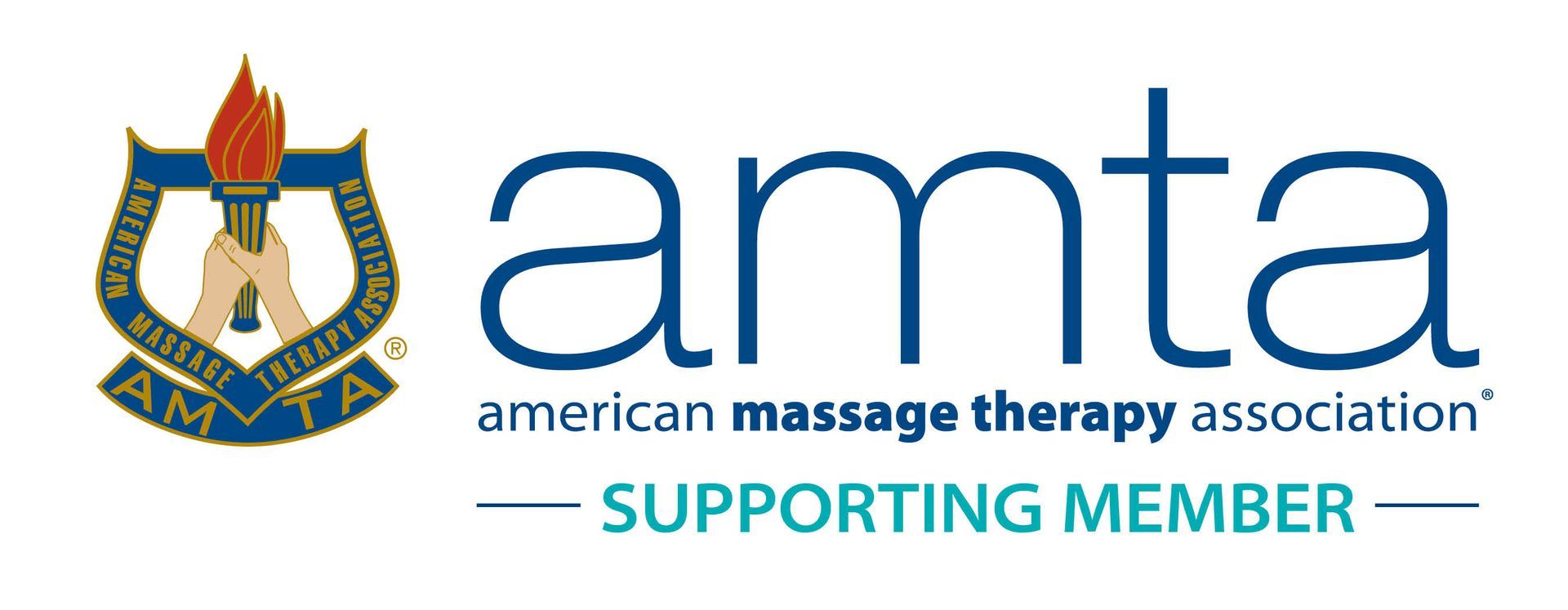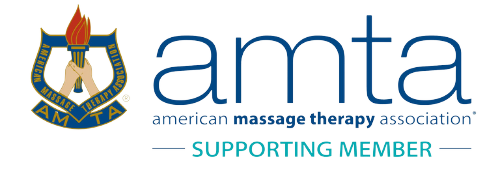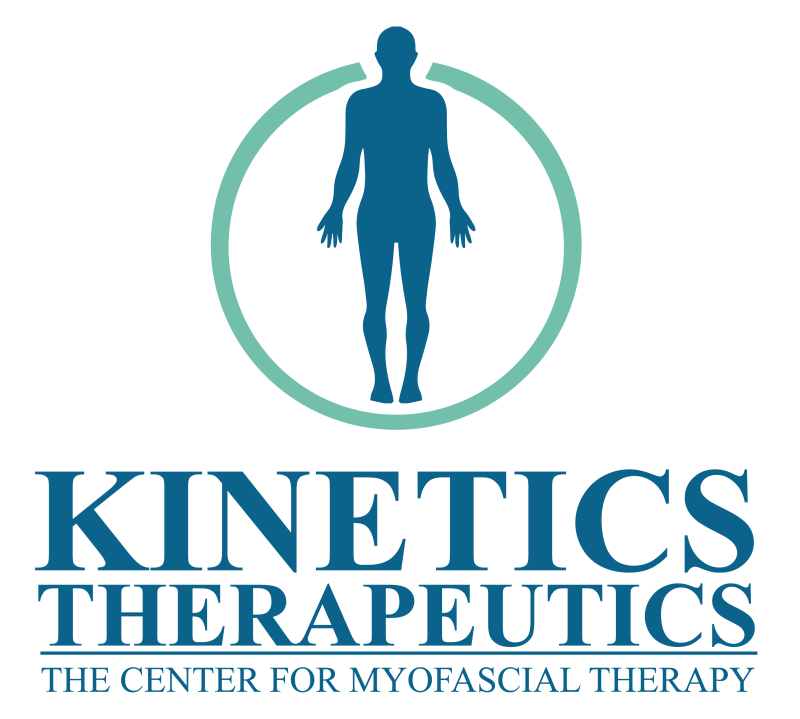Discover Upper Crossed Syndrome Treatment
Upper Crossed Syndrome (UCS) Treatment Protocol
Upper Crossed Syndrome (UCS) is a common postural imbalance caused by prolonged poor posture—often from activities like computer work, phone use, or driving. It involves tightness in the upper trapezius and pectoral muscles, along with weakness in the deep neck flexors and lower trapezius/rhomboids. This pattern creates a forward head posture, rounded shoulders, and upper back tension that can lead to neck pain, headaches, shoulder dysfunction, and reduced mobility.
At Kinetics Therapeutics our focus of Treatment:
Reduce muscle tightness and trigger points
Restore muscular balance through postural correction
Improve joint alignment and range of motion
Enhance neuromuscular coordination and core stability
Prevent recurrence with corrective exercises and ergonomic education
Treatment Components:
1. Assessment and Postural Analysis
Detailed evaluation of head, shoulder, and spine alignment
Range of motion testing for cervical spine, thoracic spine, and shoulders
Palpation for muscle imbalances and fascial restrictions
2. Manual Therapy Techniques
Myofascial Release: To reduce fascial restrictions in the chest, neck, and upper back
Trigger Point Therapy: Focused work on tight areas such as upper traps, SCM, levator scapulae
Soft Tissue Mobilization: To lengthen shortened muscles (e.g., pec major/minor)
Joint Mobilization (if applicable): To improve thoracic and cervical spine mobility
3. Postural Retraining and Neuromuscular Re-education
Activation of deep neck flexors, lower traps, and serratus anterior
Biofeedback techniques and cueing to improve awareness and alignment
Mirror and resistance band exercises to support neuromuscular control
4. Corrective Exercise Prescription
Stretching:
• Pectoralis major/minor
• Upper trapezius
• Levator scapulae
Strengthening:
• Deep neck flexors (e.g., chin tucks)
• Lower trapezius and rhomboids
• Core and scapular stabilizers
5. Ergonomic and Lifestyle Coaching
Workspace evaluation and modifications
Tips for tech neck prevention (e.g., screen height, regular movement breaks)
Recommendations for pillows, sleep posture, and daily activity adjustments
Expected Results:
With consistent treatment and home care, clients can expect:
Reduced neck and shoulder pain
Improved posture and body awareness
Enhanced flexibility and muscular balance
Decreased frequency of tension headaches
Long-term improvement in function and comfort
Ideal Candidates for Treatment:
Office workers and remote professionals
Students and tech users with prolonged screen time
Athletes with repetitive upper-body use
Anyone experiencing chronic neck, shoulder, or upper back tension


